Hi #AmazingNature Community!
Always wishing everyone a good day. Let's remember that the sun rises for @everyone!😃🌞
Once again, I bring you content that I consider to be of quality, this takes several hours of reading, comprehension and writing.💡📚
But more than that, this is one more publication so that together we can appreciate and contemplate how wonderful our nature is! I prefer the marine and aquatic environment, that is my specialty🐬🐟🦈🦀🐢🐳🐙 I hope you enjoy!🐬🐟🦈🦀🐢🐳🐙🤗
I was struck by this guide that the Institute of Marine Sciences in Barcelona (ICM) makes available to us, it is an excellent work to understand in a general way how these biological interactions (types of symbiosis) take place in the extensive sea .
Here are excellent examples of these interactions, nature continues to surprise us, but this does not end here, since there are many other examples of these curious interactions ...
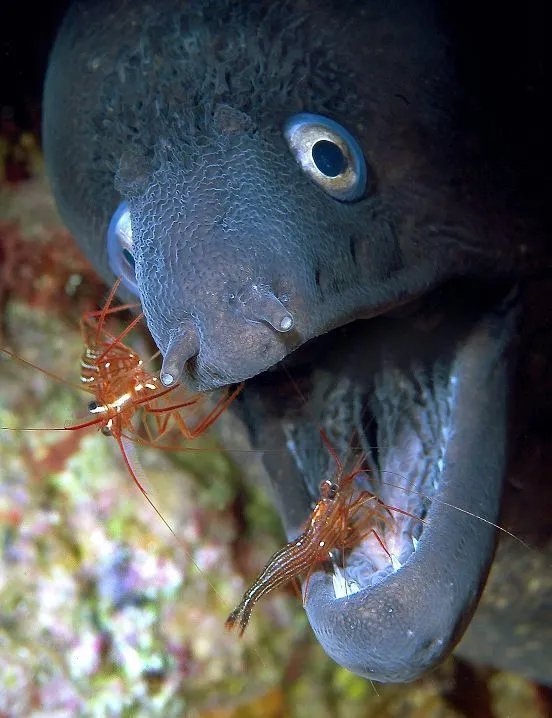
Photo Credit: Johannes Felten

Organisms live and interact in and with the environment in which they live. Within an ecosystem, organisms are not isolated even though it may seem so: they interact with the environment that surrounds them and with other organisms that live in the marine environment, whether of their own species or of another species. These interactions influence both the life and survival of the species and the functioning of the ecosystem itself. The relationships between different species are highly diverse, often complex, though not always obvious, and can be catastrophic. In fact, there have been, for example, cases of extinction of a species in a certain region as a direct consequence of the extinction of another species, many times the human being can contribute to this, introducing invasive species to ecosystems that do not belong.
The ICM does an excellent job of illustrating the types of interactions that exist...
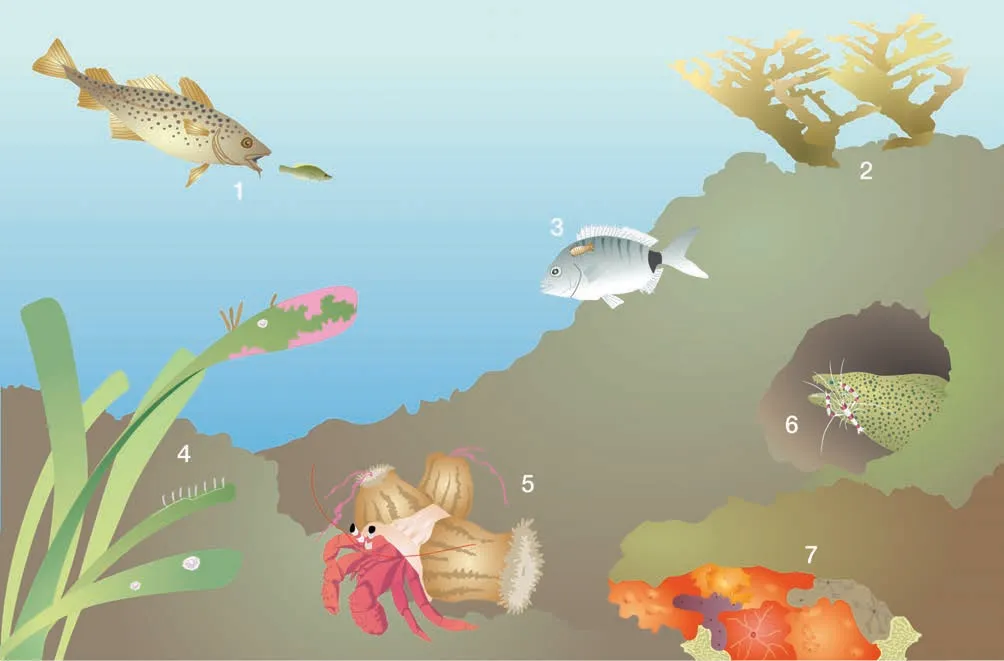
Image Credit: Jordi Corbera
👉Examples of some of the interactions that can occur in the marine environment are: 1) predation, 2) symbiosis, 3) parasitism, 4) epiphytism, 5) commensalism, 6) mutualism and 7) competition.
Some types of biological interactions can be favorable, others can be unfavorable, and there are even interactions that are neutral for the organisms involved. Thus, very different interactions occur, from that of one species feeding on another (predation) to that of species that are mutually beneficial.
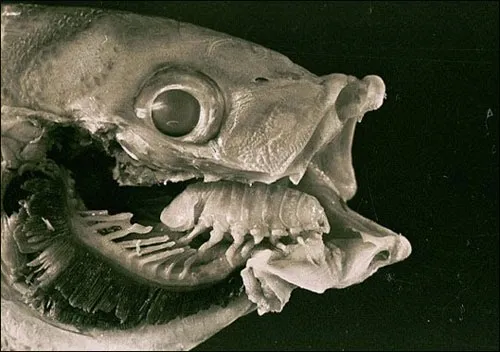
Photo Credit: SPF School District

Predation is one of the best known biological interactions. In it, an individual of a certain species hunts another for food. The killer whale is a clear example of a predator, it is one of the largest predators in the marine environment and consumes a great diversity of prey, especially fish and other marine mammals. And what about sharks as predators? total predators!

Image Credit: Jordi Corbera
👉Scheme that illustrates the consequences of removing a keystone species from an ecosystem. Sea otters (Enhydra lutris) act as a keystone species (if their populations disappear, the ecosystem is greatly affected).

Parasites: sometimes good and sometimes ... not so much
A particular form of predation is parasitism, (this is something of a subcategory) in which the parasite feeds or reproduces at the expense of the other (called host), either on top of it or inside it. In this process, a close relationship is created between the two organisms; sometimes, parasite and host can co-evolve in parallel! so there are highly specialized parasites that depend on a single species of host. In some cases the parasite will end up killing the host, although this is not always the case.
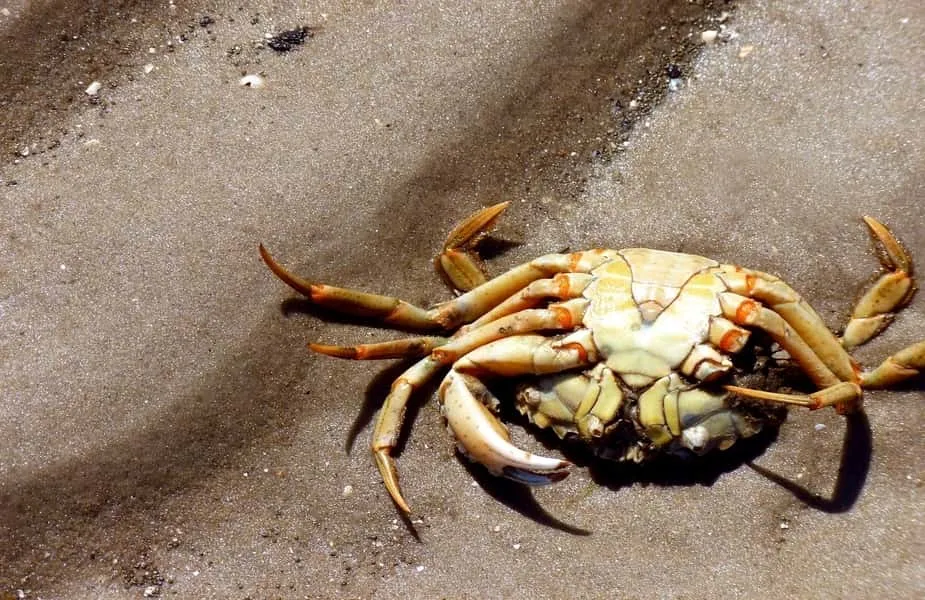
Photo Credit: Jim James
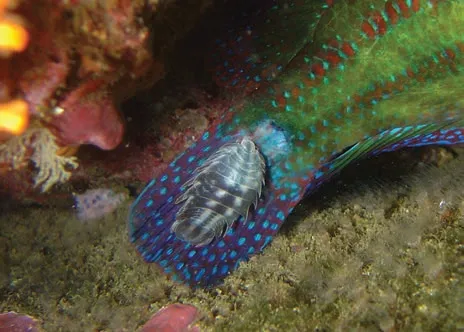
Photo Credit: Alex Lorente
For example, the crustacean Sacculina sp. it passes through the shell of its host crab (it can infect several species of crabs) with its fungal strands to extract nutrients, eventually weakening or killing it.

Competition or alliance: which is better?
Another type of interaction is also competition (although it may not seem like it) and a solution to face competition can be through entering into another type of relationship with another organism, such as whales. Some organisms, for example, form large aggregations with individuals of the same species in some places. These associations imply a certain degree of cooperation between individuals, and it seems that they can have certain advantages, for example, facilitating reproduction, finding food, protecting themselves from predators or hunting. Shoals of fish are an example of these groupings in the planktonic environment: by moving in coordination, they obtain some protection against predators. In the benthic environment, the stars (brittle stars) can also form large aggregations that prevent them from being carried away by the current, among other things.
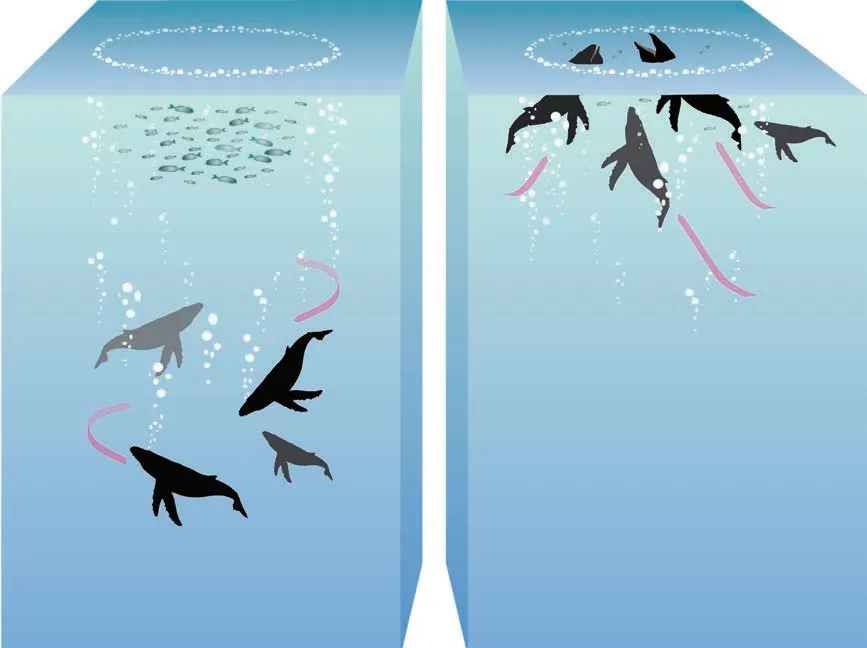
Image Credit: Jordi Corbera
👉Humpbacks often hunt in groups using a cooperative technique known as a bubble net.

Photo Credit: Adriana Munguia "Brittle stars"

"Friends are the ones who are always there"
In the association between individuals of different species, when only one part benefits, the relationship is one of commensalism and very often implies that one animal provides a home or support for another. Some epibioses, for example, are commensal relationships, since the epibiont gains support, and the basibiont is unaffected.
Another example of commensalism is the relationship established by the so-called companion species, such as pilot fish (Naucrates ductor), with sharks. The companion species does not harm or benefit the predator and takes advantage of the remains of food and the protection offered by the predator.
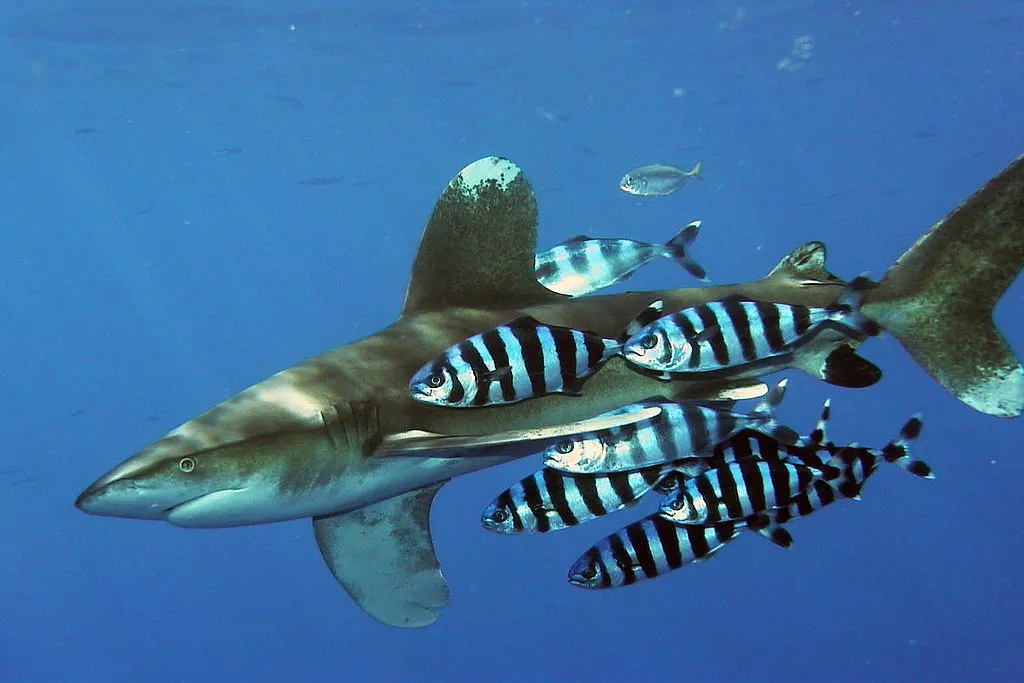
Photo Credit: Peter Koelbl
When the relationship provides a benefit for both parties, it is called mutualism. An example of this is found in a small shrimp (Lysmata seticaudata) that manages to live protected in the crevice of the moray eel (Muraena helena) in exchange for cleaning its teeth. When the relationship is permanent then we will call it symbiosis. This is beneficial for both, and the integration of the symbiotes can even lead to the merger of the two individuals and the creation of a new one!

What do you think about it❓
What type of interaction did you like the most❓
Let me know in the comments...💬

DNA - Densifying Nature-Appreciation :
Amazing Nature Curator - Moderator
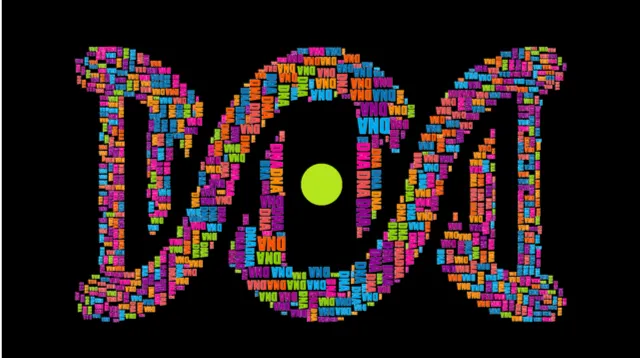
DNA is an organization to foster and DENSIFY NATURE-APPRECIATION which aims to establish REPORTS OF BIODIVERSITY DATA that is contributed by all of us Hiveans and subsequently cataloged.
Therefore DNA searches for HIGH-QUALITY posts that aim to DESCRIBE and determine the BIODIVERSITY AROUND YOU with added EXPLANATIONS and INFORMATION. For these informative posts they offer a CURATION SERVICE using the @dna.org account. It is also a CURATION TRAIL. Just add the #dna TAG if you think that any of your posts is what they are looking for.
 Clickable Banner for free usage. Redirects to the Amazing Nature Community
Clickable Banner for free usage. Redirects to the Amazing Nature Community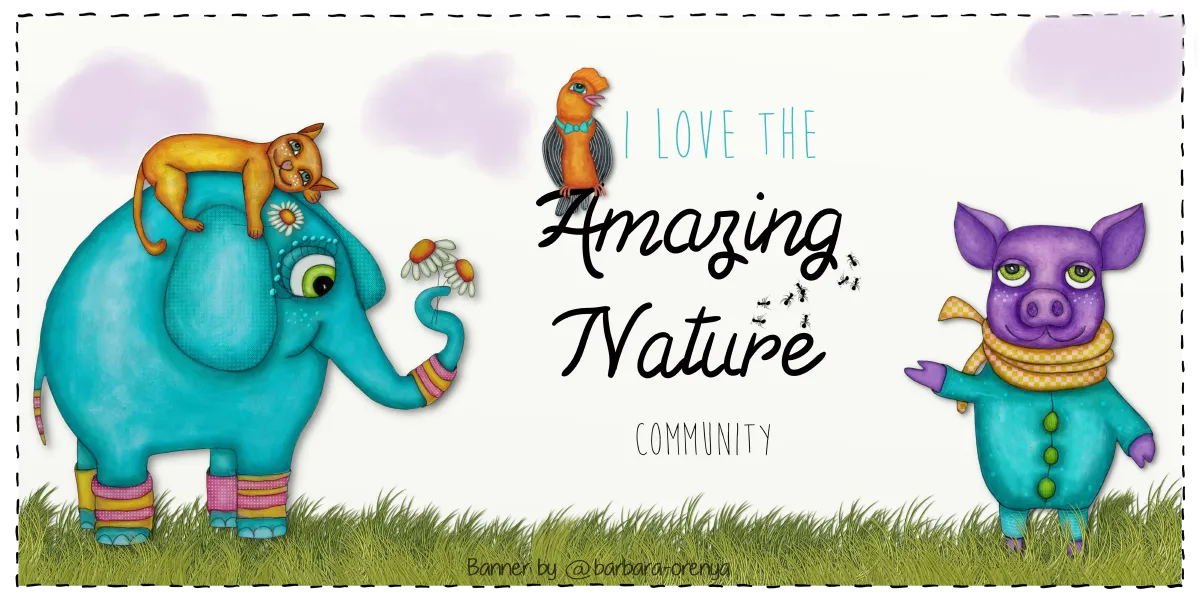 Clickable Banner by @barbara-orenya
Clickable Banner by @barbara-orenya